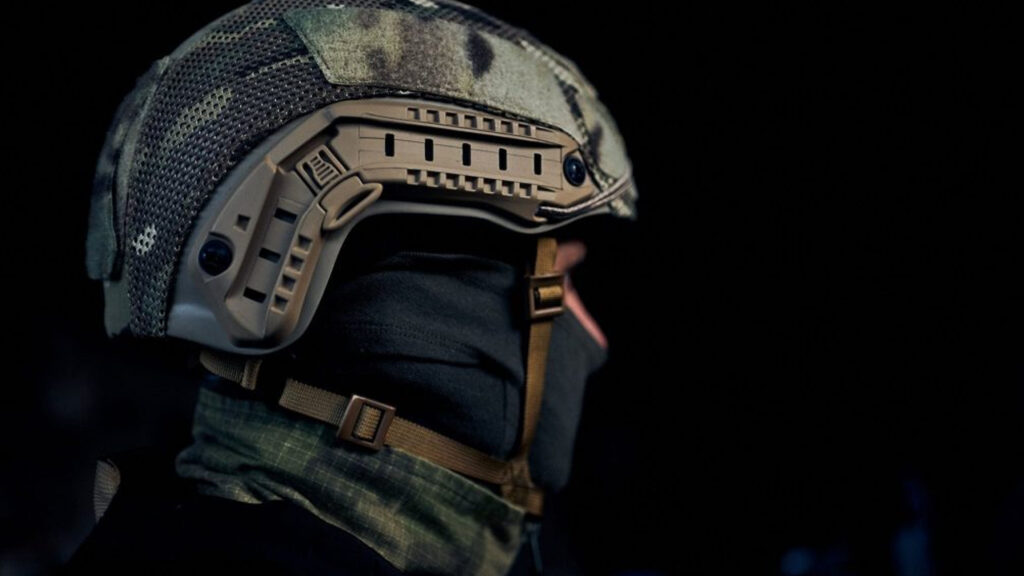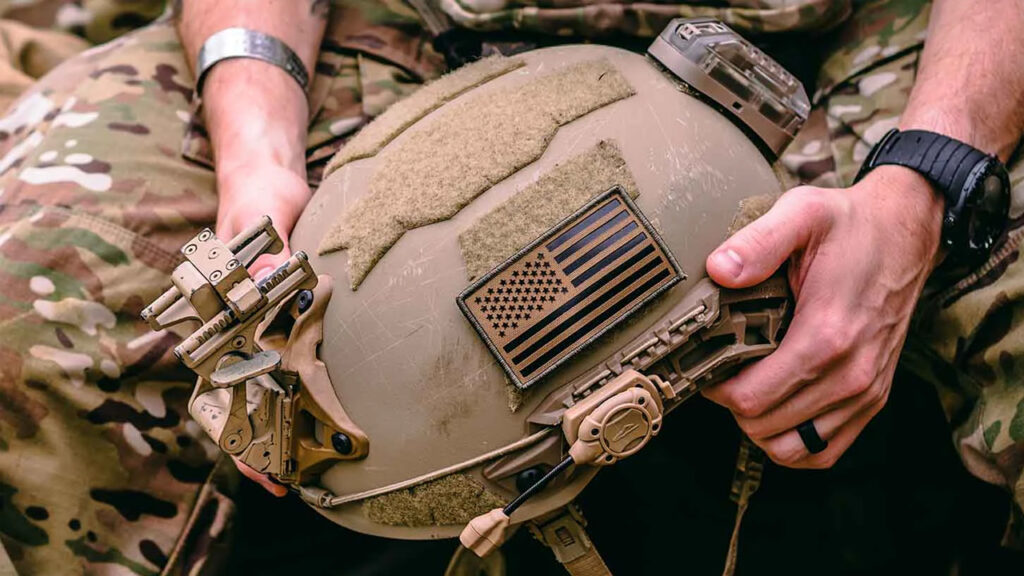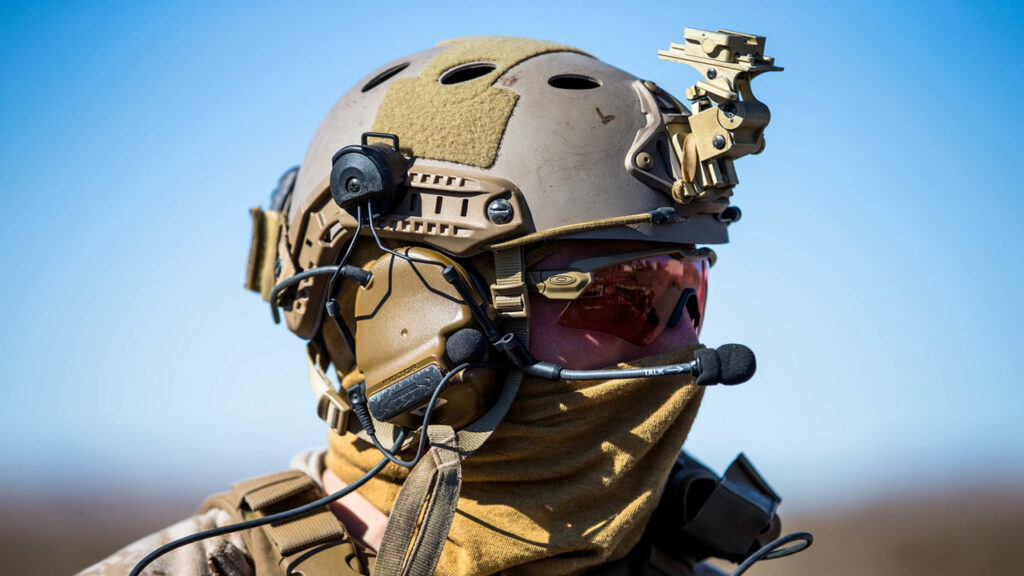Выбор для ставок пин ап казино и знакомство с правилами сайта
Рынок азартных развлечений стремительно растет, запускаются новые клубы, предлагающие огромный ассортимент игр и акций для гемблеров. Каждое заведение хочет выделиться

The Advanced Combat Helmet (ACH) represents the forefront of protective headgear, offering vital defence in the chaos of combat scenarios. Its definition encapsulates not just a piece of equipment but a lifeline for soldiers facing the dangers of the battlefield. The significance of such headgear cannot be overstated, as it serves as the last line of defence against ballistic threats and mitigates the risk of traumatic brain injuries. Understanding the ACH necessitates a glance back through the annals of military history, where the evolution of combat helmets has been marked by a relentless pursuit of enhanced protection and functionality. From the rudimentary designs of antiquity to the modern marvel of the ACH, each iteration has strived to better safeguard those who wear it. Moreover, in today’s complex operational environments, the ACH does not stand alone; it synergizes seamlessly with modern combat optical gunsights, providing soldiers with heightened accuracy and target acquisition capabilities, as well as with modern combat trackers, enabling precise navigation and situational awareness on the battlefield.
The historical background of the Advanced Combat Helmet (ACH) traces its roots through a series of milestones in the evolution of combat helmets. Initially, early combat helmets emerged as rudimentary forms of head protection, crafted from materials such as leather or metal, aimed at deflecting blows and projectiles. However, the introduction of Kevlar helmets marked a significant advancement in Advanced Combat Helmet technology, offering lighter weight and superior ballistic resistance compared to their predecessors. As military needs evolved and threats became more sophisticated, there was a transition to advanced combat helmet,, integrating cutting-edge materials and design features to provide optimal protection and comfort for modern warfighters. This progression reflects a continuous effort to adapt and enhance headgear to meet the evolving demands of combat environments.

The Advanced Combat Helmet (ACH) incorporates advanced materials such as ballistic fibres like Kevlar and Dyneema, along with high-strength thermoplastics, to provide exceptional protection against ballistic threats and blunt force trauma.
The ACH’s shell design prioritizes wearer comfort and protection, with careful consideration given to shape, size, ventilation, and weight distribution features, ensuring a snug fit and optimal airflow to reduce fatigue during extended wear.
Innovative impact absorption mechanisms and adjustable retention systems ensure a secure and customized fit for each wearer, minimizing the risk of head injuries and providing stability during high-intensity combat operations.
The ACH’s modular design allows for the integration of various accessories, including mounting systems for advanced combat optical gunsights, communication devices, and hearing protection, enhancing the helmet’s versatility and mission adaptability.
Ballistic protection is a critical aspect of the Advanced Combat Helmet (ACH), ensuring the safety of military personnel in combat situations. Understanding the levels of ballistic resistance is paramount, with adherence to the National Institute of Justice (NIJ) standards for bullet resistance serving as a benchmark for helmet effectiveness. Additionally, ACHs provide crucial protection against fragmentation and shrapnel, safeguarding against the lethal effects of explosive devices commonly encountered in modern warfare. To validate their effectiveness, rigorous testing and certification processes are employed, utilizing ballistic testing methods to assess the helmet’s ability to withstand various ballistic threats. Quality assurance standards are integral to ACH production, guaranteeing that each helmet meets stringent criteria for performance and reliability, thus instilling confidence in the protective capabilities of this essential piece of equipment for military personnel. The Advanced Combat Tracker, a vital tool for monitoring combat scenarios, further enhances the ACH’s effectiveness in ensuring troop safety and mission success.

The Advanced Combat Helmet (ACH) incorporates cutting-edge electronics to enhance soldier capabilities on the battlefield. This includes heads-up display (HUD) systems, which provide real-time tactical information directly within the wearer’s field of view, enhancing situational awareness and decision-making. Furthermore, sensor networks integrated into the helmet enable continuous monitoring of the surrounding environment, providing critical data for threat detection and operational planning.
The ACH is designed to seamlessly integrate with a wide range of other gear, enhancing its versatility and effectiveness in combat situations. It is interoperable with various body armour systems, ensuring compatibility and comfort for soldiers wearing multiple layers of protective equipment. Additionally, the helmet features interfaces for mounting weapon accessories such as night vision goggles and aiming devices, allowing for streamlined operation and improved combat performance in low-light conditions.

The Advanced Combat Helmet (ACH) offers several advantages over previous helmet designs, making it a vital asset for military personnel. Firstly, it provides improved ballistic protection, thanks to advancements in materials and design, effectively shielding against a range of ballistic threats. Additionally, the ACH prioritizes enhanced comfort and usability, incorporating features such as adjustable suspension systems and ventilation, ensuring that soldiers can wear the helmet for extended periods without discomfort or restriction. However, despite its strengths, the ACH is not without limitations. Weight considerations pose challenges for extended wear, especially during prolonged missions or operations where fatigue may become a concern. Furthermore, the ACH may have potential vulnerabilities to emerging threats, necessitating ongoing research and development efforts to address evolving risks and ensure the continued effectiveness of this critical piece of protective equipment.
The deployment and adoption of the Advanced Combat Helmet (ACH) have been widespread, both within the military and civilian sectors. In the military realm, the ACH has seen extensive adoption across different branches, ranging from the Army and Marines to Special Operations units. Its versatility and effectiveness have led to its deployment in various operational theatres worldwide, providing crucial protection to soldiers in diverse combat environments. Beyond the military, the ACH has found applications in civilian sectors, particularly in law enforcement agencies, where its ballistic protection and comfort are highly valued. Additionally, specialized civilian roles such as security contractors often rely on the ACH to safeguard personnel operating in high-risk environments, highlighting its broad utility beyond traditional military settings.
Looking ahead, future trends in Advanced Combat Helmet (ACH) development are poised to revolutionize soldier protection and readiness. Technological advancements will drive the evolution of ACHs, with a focus on developing lighter and stronger materials to enhance both protection and comfort for military personnel. Additionally, the integration of advanced sensor technologies holds promise for augmenting situational awareness and threat detection capabilities, enabling soldiers to effectively navigate complex environments. Furthermore, evolving threats and requirements necessitate innovative solutions, including adaptive helmet designs tailored for dynamic combat environments. Moreover, the incorporation of artificial intelligence (AI) and machine learning algorithms will play a pivotal role in enhancing threat detection capabilities, enabling ACHs to anticipate and mitigate emerging risks more effectively. These future trends underscore the ongoing commitment to advancing helmet technology to meet the evolving needs of modern warfare.

In conclusion, the Advanced Combat Helmet (ACH) stands as a cornerstone of modern combat, providing indispensable protection to military personnel facing the myriad dangers of the battlefield. Its significance cannot be overstated, as it serves as a vital safeguard against ballistic threats and traumatic brain injuries, ensuring the safety and effectiveness of our troops. However, as warfare continues to evolve, there remains a pressing need for continued innovation in helmet design and technology. By embracing advancements in materials, sensors, and adaptive design, we can further enhance the protective capabilities of ACHs and better equip our soldiers for the challenges they may encounter. Looking ahead, the implications for the future of soldier protection and readiness are profound, with ACHs poised to play an increasingly pivotal role in safeguarding our troops and enabling mission success in an ever-changing operational landscape. As such, we must remain committed to advancing ACH technology to meet the evolving needs of our armed forces and ensure the safety and effectiveness of those who serve.
Experience unparalleled protection and performance with Advanced Combat helmet. Equip yourself with the pinnacle of modern headgear technology. Invest in your safety and readiness on the battlefield. Choose Advanced Combat for unmatched quality and reliability. Upgrade your gear today
Рынок азартных развлечений стремительно растет, запускаются новые клубы, предлагающие огромный ассортимент игр и акций для гемблеров. Каждое заведение хочет выделиться
Bitcoin Casino Free Spins ֍ Play Btc Which have Totally free Revolves For Register Articles Clean Casino Best Bitcoin Gambling